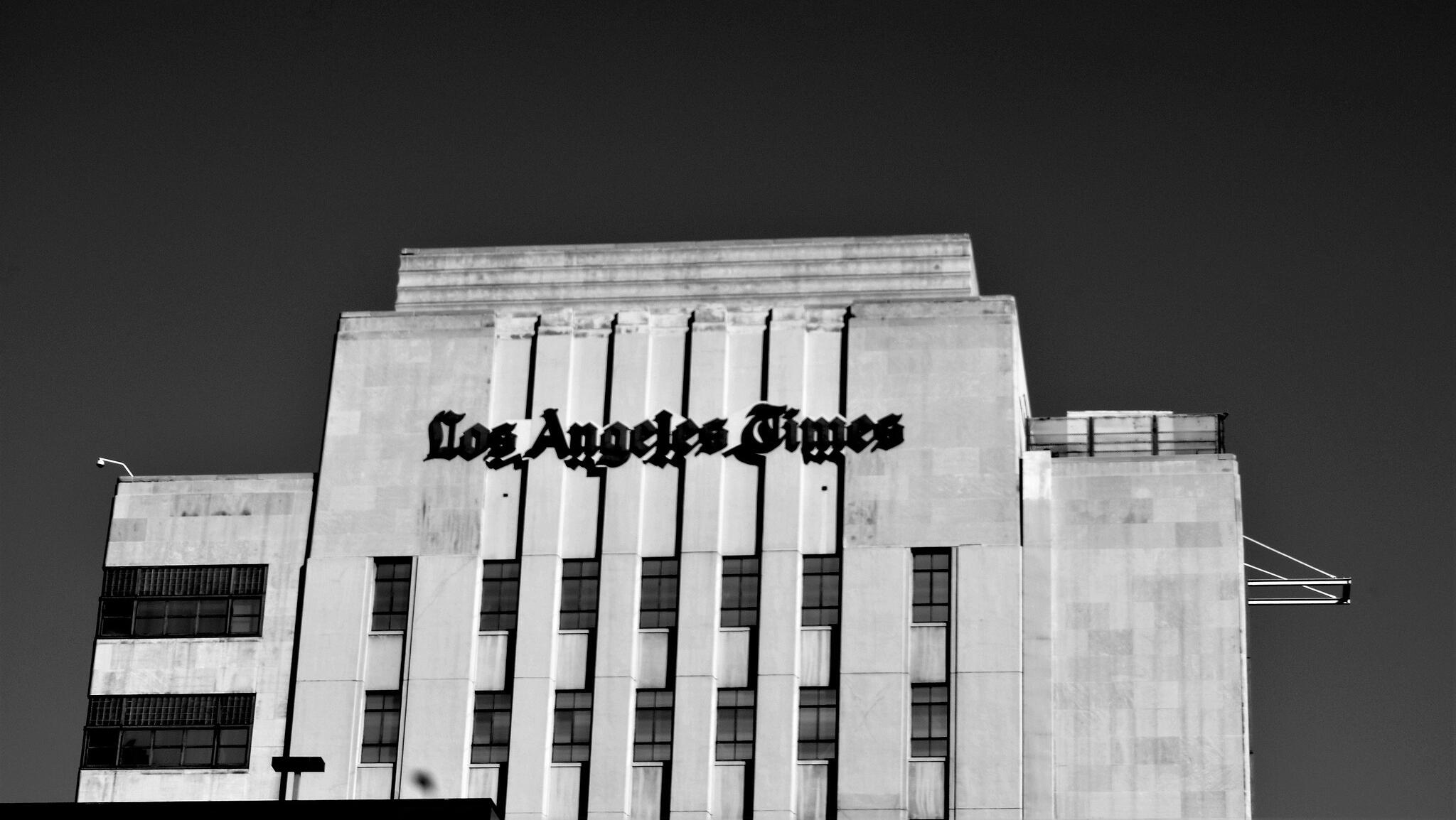The owner of the Los Angeles Times (LAT), Patrick Soon-Shiong, sparked controversy on Tuesday by announcing the disbanding of the current editorial board, and the formation of a new one.
This decision comes amidst growing tensions at the paper, especially following the cancellation of a planned endorsement of United States Vice President Kamala Harris for the 2024 presidential election.
Soon-Shiong, a billionaire businessman, has drawn criticism for his stated commitment to restoring what he describes as a “fair and balanced” approach to news - a phrase once closely associated with Fox News.
A Push for Fairness and Balance
The announcement follows a public dispute over a reader’s letter that criticised LAT columnist LZ Granderson's comments on the political dynamics surrounding president-elect Donald Trump’s 2016 election victory.
Soon-Shiong shared the letter on social media, expressing his desire to bring a more balanced perspective to the newspaper.
He stated: “I will work towards making our paper and media fair and balanced so that all voices are heard and we can respectfully exchange every American’s view.”
He added that the new editorial board would include voices from across the political spectrum - spanning left, centre, and right.
Internal Fallout at the Los Angeles Times
The reorganisation has reportedly exacerbated an already tense atmosphere within the LAT newsroom. Following the decision to forgo the endorsement of Harris, a number of resignations have left just a few LA Times Media Guild members on the current board.
Observers anticipate these members may not join the new board when it is officially seated at the LAT headquarters in El Segundo.
Sources close to events at the Times describe a “pervasive feeling of despair” at the paper, with morale at an all-time low since Soon-Shiong’s announcement on 10 November.
One source within the newsroom remarked, “It’s a bad situation that's only getting worse. This feels indicative of the turmoil across the country.” The fallout has sparked significant debate over the editorial independence of the LAT and its role in political discourse.
LAT Media Guild Criticises the Decision
The LA Times Media Guild has publicly condemned Soon-Shiong’s recent actions, describing them as unjust and inaccurate. In a recent statement, the Guild contested the owner’s suggestion that editorial board members were at fault for the lack of an endorsement. “Our newspaper’s owner publicly blamed the members of the Editorial Board for his decision not to endorse, saying incorrectly that ‘they chose to remain silent,’” the Guild’s statement reads.
“They did not. They planned an endorsement - one that was rejected.” According to the Guild, Soon-Shiong’s public remarks have led to heightened harassment directed at board members, hindering their ability to perform their roles effectively.
Editorial Independence and the Future of LAT
This shift in editorial direction has prompted questions about the LAT’s commitment to impartial journalism, with media watchdogs and industry analysts considering the implications.
While some support the goal of balancing viewpoints in the paper, others fear this could undermine the LAT’s editorial independence. The Guild’s concerns about harassment and editorial interference have led to increased scrutiny of Soon-Shiong’s intentions.
Soon-Shiong’s rhetoric around “fair and balanced” journalism draws comparisons to Fox News, which used the phrase as a slogan for many years before ultimately dropping it following the exit of former head Roger Ailes, who left amidst sexual harassment allegations.
It remains to be seen whether Soon-Shiong’s pledge to diversify viewpoints will enhance or weaken the LAT’s reputation for rigorous, unbiased reporting.
A Pivotal Moment for the Los Angeles Times
As the LAT undergoes these internal changes, the future of its editorial voice and its relationship with readers may be at a critical juncture. Soon-Shiong’s decision comes at a time of political volatility, with concerns over media bias on the rise and an increasing need for reliable journalism.
The LAT's new editorial board, once assembled, will need to navigate these challenges while working to rebuild trust with both its readership and newsroom staff.
Whether the LAT will adapt the “Fair and Balanced” model or forge a path unique to its storied history remains to be seen. However, the changes are reshaping the paper’s landscape as it moves forward in an increasingly complex media environment.
